- Home
- Articles
- Architectural Portfolio
- Architectral Presentation
- Inspirational Stories
- Architecture News
- Visualization
- BIM Industry
- Facade Design
- Parametric Design
- Career
- Landscape Architecture
- Construction
- Artificial Intelligence
- Sketching
- Design Softwares
- Diagrams
- Writing
- Architectural Tips
- Sustainability
- Courses
- Concept
- Technology
- History & Heritage
- Future of Architecture
- Guides & How-To
- Art & Culture
- Projects
- Interior Design
- Competitions
- Jobs
- Store
- Tools
- More
- Home
- Articles
- Architectural Portfolio
- Architectral Presentation
- Inspirational Stories
- Architecture News
- Visualization
- BIM Industry
- Facade Design
- Parametric Design
- Career
- Landscape Architecture
- Construction
- Artificial Intelligence
- Sketching
- Design Softwares
- Diagrams
- Writing
- Architectural Tips
- Sustainability
- Courses
- Concept
- Technology
- History & Heritage
- Future of Architecture
- Guides & How-To
- Art & Culture
- Projects
- Interior Design
- Competitions
- Jobs
- Store
- Tools
- More
Modern Architecture Work Space Design: Innovations and Trends for Better Productivity

In architecture, work space design has always been a reflection of evolving work lifestyles. As our needs shift, so do the spaces we inhabit. Today, there’s a growing emphasis on health, safety, personal space, and collaboration. This shift isn’t just a trend; it’s a necessity driven by our changing work dynamics.
Our curated selection of unbuilt architecture highlights how designers are innovating to meet these demands. From formal bank headquarters in Switzerland to mixed-use business centers in Ukraine, each design offers a unique approach to enhancing the work environment. These projects, though unbuilt, provide valuable insights into the future of office design, showcasing the potential to revolutionize the way we work and interact in professional settings.
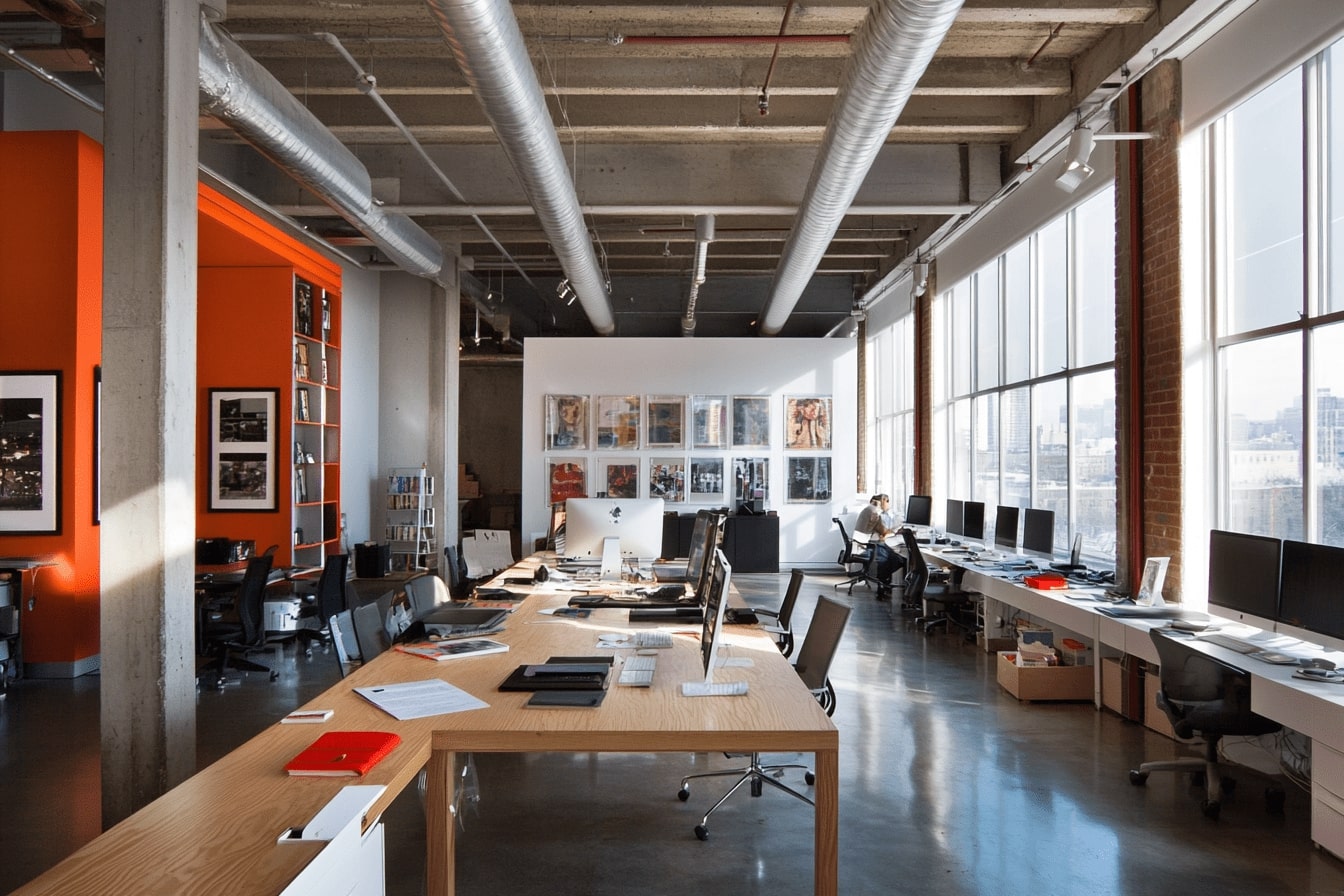
Table of Contents
ToggleThe Evolution of Work Space Design
From Traditional to Modern Approaches
Design and architecture have continuously adapted to meet changing work dynamics. Initially, traditional office designs emphasized private offices and assigned cubicles. This layout separated employees, limiting collaboration and interaction. As work culture evolved, so did the approach to office space design. Open-plan layouts became popular, aiming to foster communication and teamwork.
Modern office designs now prioritize health, safety, personal space, and collaboration. For instance, they integrate ergonomic furniture, flexible workstations, and dedicated areas for collaboration. Examples include the Peach Project in Ukraine, where mixed-use spaces support various professional needs, or the design of the BIS Headquarters, which balances formal and open-plan elements. These innovative designs reflect our commitment to creating workspaces that adapt to contemporary professional demands.
Impact of Technology on Space Planning
Technology profoundly influences how architects plan workspaces. The inclusion of cutting-edge tech resources revolutionizes functionality and efficiency in modern offices. For instance, employees can now work at individual workstations with dual or single monitors, facilitating diverse tasks like reviewing digital drawings or collaborating on presentations.
Enhanced connectivity enables seamless hybrid work, supporting remote collaboration and in-person engagements. Integrating technologies like smart lighting systems and IoT devices improves energy efficiency and user comfort. Our new offices are designed with flexible workspaces and advanced tech integration to support a variety of work styles, from deep-focus tasks to collaborative projects. With these advancements, our workspace designs continuously adapt to support evolving professional requirements.
Design Principles for Modern Work Spaces
Emphasizing Flexibility and Adaptability
Modern work spaces emphasize flexibility and adaptability. Fixed desks are being replaced by flexible workstations, which adapt to diverse needs. Modular furniture and movable walls empower us to design versatile spaces that can be easily reconfigured. This flexible approach promotes adaptability and maximizes efficiency, catering to ever-changing needs.
Integration of Biophilic Design Elements
Integrating biophilic design elements enhances well-being and productivity. Architects incorporate natural elements like living walls, green spaces, and natural light into workspaces. These additions create a sense of connection with nature, which improves mental health and reduces stress. Curtis Partition offers customizable solutions to seamlessly blend these elements within the workspace.
Prioritizing Light and Space
Prioritizing light and space is crucial in modern design. Large windows and open layouts allow ample natural light, creating an airy atmosphere. Internal enclosed office spaces are minimized, ensuring that workstations have strong connections to daylight and exterior views. Acoustic tile ceilings and strategic lighting in public spaces enhance both the functionality and aesthetics of the workplace.

Challenges in Designing Work Spaces for Architects
Creating workspaces for architects presents unique challenges, especially when considering the distinct needs of our profession. Let’s delve into these challenges and the strategic approaches to overcome them.
Balancing Aesthetics with Functionality
Architect office spaces must balance aesthetics with functionality, ensuring the environment is both inspiring and practical. Our designs often feature cutting-edge technology integrated seamlessly with contemporary aesthetics. For instance, our latest office interior in Paris’ Matignon neighborhood combines warm woods, geometric compositions, and clever lighting to convey comfort without sacrificing modern lines.
Addressing the Needs of a Diverse Workforce
Another significant challenge is addressing the diverse needs of our workforce. A one-size-fits-all approach no longer suffices in modern office design. For example, our hybrid work policy, shaped by a comprehensive employee survey, allows remote work for eight days each month. This flexibility acknowledges the varied preferences and circumstances of our team.
We also consider the layout of workstations. In our new office configuration, we place most enclosed office spaces internally, allowing all workstations to be on the glass. This arrangement connects every workspace to natural light and exterior views, aligning with our focus on well-being and productivity.

Case Studies of Innovative Work Spaces for Architects
Transforming Historic Buildings for Modern Use
Architect Louis Denavaut exemplifies the potential of transforming historic buildings for modern use. In Paris’s Matignon neighborhood, he converted a period building with large windows and an empty floorplate into a workspace that merges cutting-edge technology with contemporary aesthetics. Warm woods and geometric compositions create a domestic feel. Careful lighting and linen curtains add comfort while maintaining sharp modern lines and materials.
Examples of Efficient Use of Limited Space
In May 2021, Perkins Eastman opened a new studio, addressing the efficient use of limited space. Their new layout increased “we” spaces by including both meeting rooms and informal meeting spaces, despite a 17% reduction in square footage. This design saved the firm $1.5 million over ten years. The office features 109 non-assigned workspaces compared to 85 assigned ones in their previous setup. This approach gives staff more choices of where to work and optimizes the available area effectively.

Conclusion
The collaboration between architects in NYC and Curtis Partition showcases a shared vision of creating workspaces that go beyond functionality. By embracing innovation, flexibility, and sustainability, our products have become integral elements in shaping work environments that inspire creativity, collaboration, and wellbeing. These innovations are molding the future of work.
In New York City, architects lead the way in redefining workspaces. They’re blending functionality with aesthetics seamlessly. As a leading provider of interior solutions, Curtis Partition remains excited to explore the dynamic trends architects typify in their designs. Our products play a crucial role in this evolution, reflecting the trend towards open and collaborative spaces.
Design decisions now entail placing most enclosed office spaces internally. This allocation allows workstations to be moved closer to windows, maximizing natural light and exterior views. For instance, the layout now limits rows of desks to three workstations deep, fostering a stronger connection to daylight.
Adapting workspaces to accommodate personal needs has become prominent. For example, designers like Patricia Magadini enjoy the liberty of customizing their offices, integrating both digital and traditional drafting methods, and even allowing pets.
Understanding that modern workspaces need to be versatile, architects are incorporating multipurpose furniture and modular layouts. These designs enable quick reconfiguration of spaces to meet varying demands, ensuring longevity and relevance in a changing work culture.
Natural elements are increasingly pivotal, promoting biophilic design, which improves quality of life and productivity. Architects are prioritizing daylight, green spaces, and an airy atmosphere. This design philosophy not only enhances the aesthetic appeal but also supports employee wellbeing.
Conversions of historic buildings and efficient utilization of limited spaces by firms like Perkins Eastman and Louis Denavaut highlight creative solutions in architect workspace design. These transformations demonstrate that thoughtful design can merge historical integrity with modern requirements, providing functional yet beautiful environments.
Our combined efforts and innovative approaches in work space design continue to redefine how we perceive and experience workspaces.
- better productivity workspace
- contemporary office design
- creative workspace design
- cutting-edge office design
- enhancing productivity office design
- ergonomic office design
- innovative office interiors
- innovative workspace design
- modern architecture workspace design
- modern office interior design
- modern office layouts
- modern workspace trends
- productivity in office design
- trends in office design
- workspace design ideas
- workspace productivity trends
Submit your architectural projects
Follow these steps for submission your project. Submission FormLatest Posts
Tips for Using Runners to Transform Hallways and Spaces
Hallways work hard. They handle daily foot traffic, muddy shoes, and the...
Essential Architecture Tools in 2026: Software, AI, and Physical Equipment
Architecture in 2026 demands more than design talent alone. From BIM and...
Light of Tomorrow by VELUX 2026
This competition encourages architects to design visionary spaces where natural light drives...
Top 10 Online Platforms to Find Apartments for Rent in San Antonio
San Antonio, Texas, with its vibrant culture, historical landmarks, and strong job...




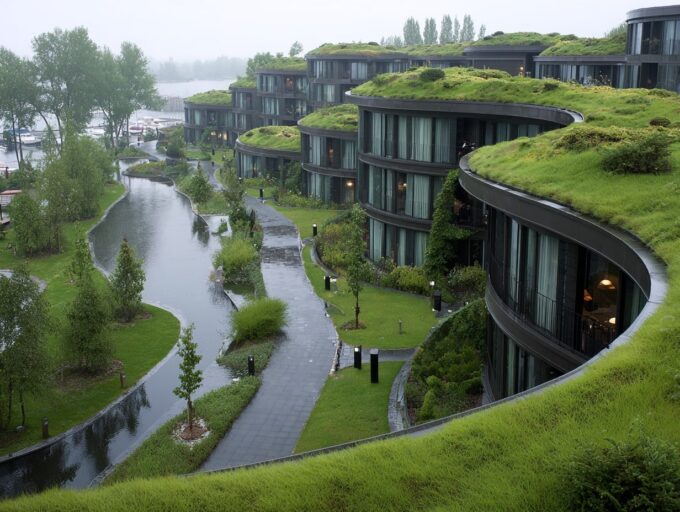

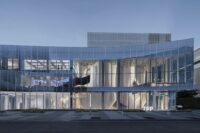
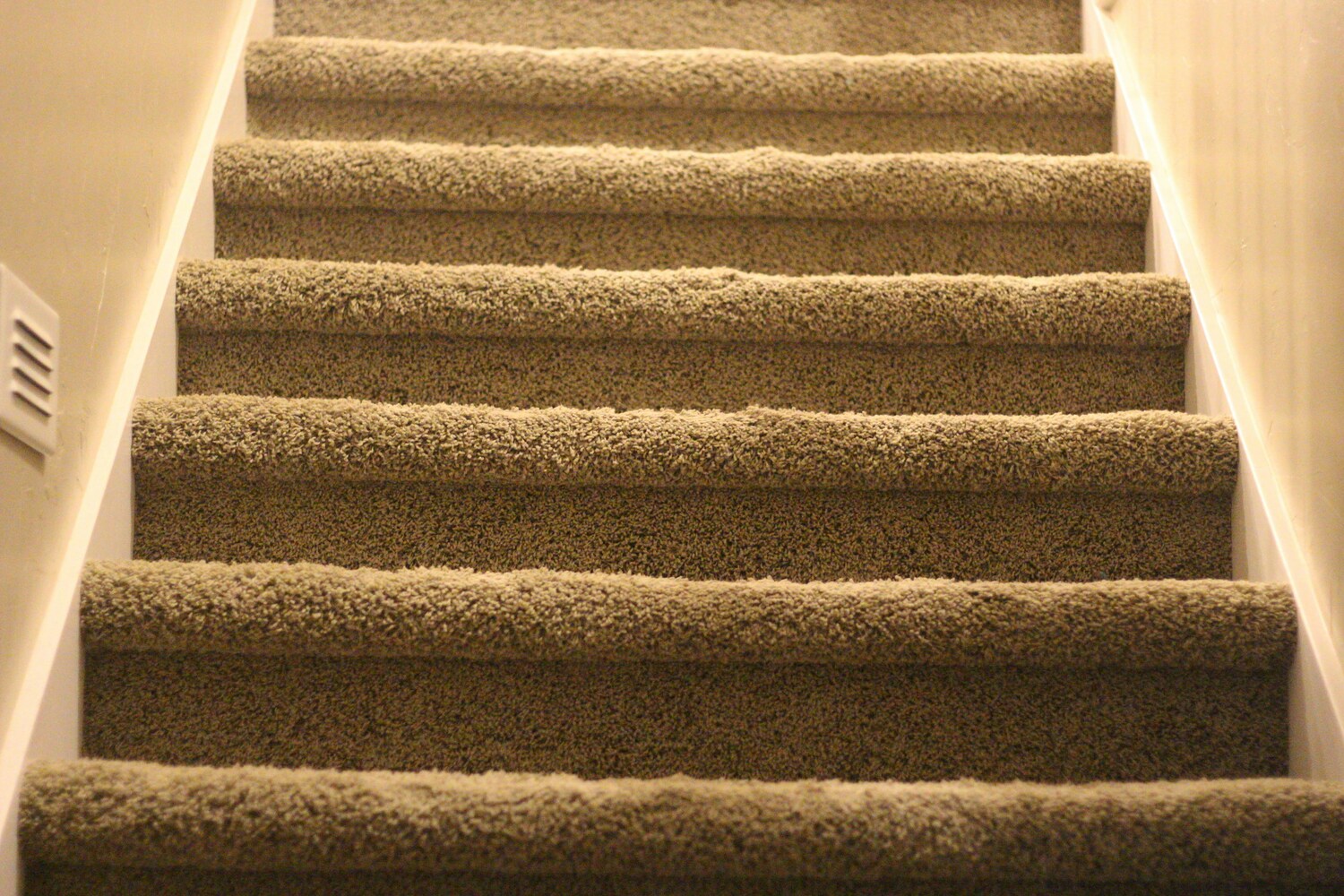
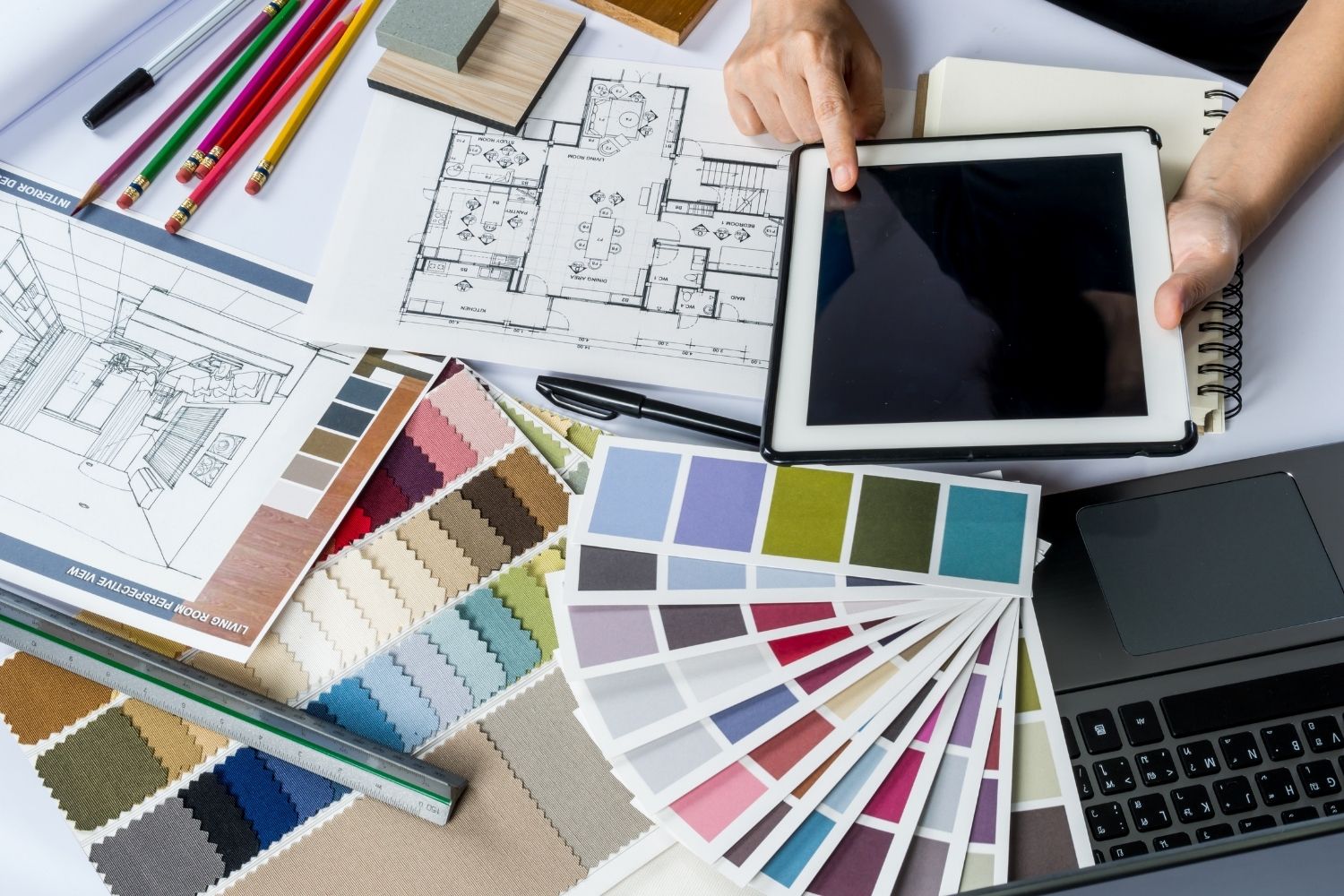

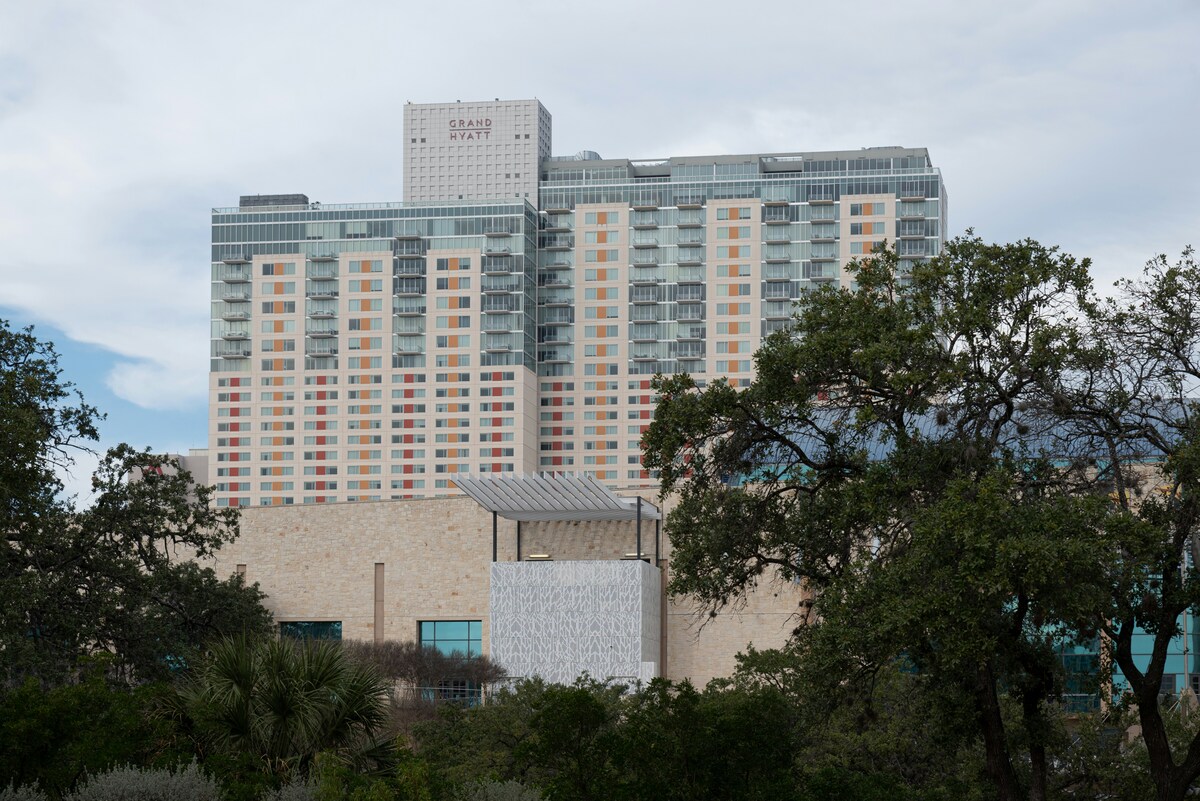
Leave a comment